Freedom Square (Georgian: თავისუფლების მოედანი, Tavisuplebis Moedani), often referred to as Liberty Square, is the central and most iconic square in Tbilisi, Georgia. It’s not just a major traffic hub but also a powerful symbol of Georgia’s turbulent history, its struggles for independence, and its modern aspirations.
Historical Significance:
A Stage for History: For over two centuries, Freedom Square has been the epicentre of Tbilisi’s civic and political life. It has witnessed countless protests, celebrations, revolutions, and pivotal moments that have shaped Georgia’s destiny.
Changing Names Reflecting Shifting Powers: The square’s numerous name changes throughout its history perfectly illustrate Georgia’s complex past:
Initially, in the early 19th century under Russian Imperial rule, it was named Erivansky Square (or Pashkevich-Erivansky Square) in honor of General Ivan Paskevich-Erivansky, who conquered Yerevan for the Russian Empire.
Later, for a period, it was known as Theater Square due to the presence of a grand theater and caravanserai.
It was first named Freedom Square in 1918, during the brief period of Georgia’s independence after the collapse of the Russian Empire.
During the Soviet era, it was renamed twice: first Beria Square (after Lavrentiy Beria, a Georgian-Soviet politician) and then Lenin Square, with a towering statue of Vladimir Lenin erected in its center.
After Georgia regained its independence from the Soviet Union in 1991, the statue of Lenin was symbolically torn down, and the square rightfully reverted to its current name: Freedom Square.
Key Events: The square has been the backdrop for events like the 1907 Tiflis bank robbery (involving Joseph Stalin), the proclamation of the Democratic Republic of Georgia in 1918, mass demonstrations for independence (including those during the 1989 Tbilisi Massacre), and the peaceful Rose Revolution in 2003.
Architectural Features and Landmarks:
The Freedom Monument (St. George Statue): Dominating the center of the square is the magnificent Freedom Monument, a towering golden statue of St. George slaying the dragon. Designed by the renowned Georgian sculptor Zurab Tsereteli and unveiled in 2006, it symbolizes Georgia’s triumph over oppression and its enduring fight for independence and freedom. The gilded statue gleams under the sun and is beautifully illuminated at night.
Tbilisi City Hall: The entire southern perimeter of the square is occupied by the impressive Tbilisi City Hall (Tbilisi Sakrebulo). This building, originally a police station, underwent significant renovations in the late 1970s, acquiring a distinctive pseudo-Moorish style with a prominent central clock tower.
Georgian National Museum & Art Museum of Georgia: Abutting the square (or just a very short walk) are significant cultural institutions like the Georgian National Museum and the Shalva Amiranashvili Museum of Fine Arts (the latter occupying the site of a historical caravanserai).
Former Bank of Georgia Headquarters: Another notable building on the square is the former head office of the Bank of Georgia, a grand architectural structure.
Courtyard by Marriott Tbilisi: On the western side, modern hotels like the Courtyard by Marriott replaced buildings destroyed during the 1991-1992 Georgian Civil War, showcasing the city’s blend of old and new.
Rustaveli Avenue: Freedom Square marks the eastern end of Rustaveli Avenue, Tbilisi’s main thoroughfare, lined with important cultural, governmental, and commercial buildings.
Pushkin Park: A smaller green space, Pushkin Park, with a bust of the Russian poet Alexander Pushkin, abuts the northern side of the square.
Layout and Function:
Traffic Hub: Today, Freedom Square is a major traffic nexus, with six streets branching out from it (Rustaveli Avenue, Pushkin Street, Kote Apkhazi Street, Shalva Dadiani Street, Galaktion Tabidze Street, and Giorgi Leonidze Street).
Pedestrian Friendly Areas: Despite the traffic, there are pedestrian-friendly areas around the central monument, allowing visitors to appreciate its grandeur and the surrounding architecture.
Underground Metro Station: The square is served by its own metro station, “Liberty Square,” making it easily accessible for locals and tourists alike. The Galleria Tbilisi shopping center is also integrated with the metro station entrance.
Freedom Square is more than just a public space; it is a living monument to Georgia’s spirit, resilience, and unyielding pursuit of self-determination. It serves as an essential starting point for exploring both the historic Old Town and the more modern parts of Tbilisi.

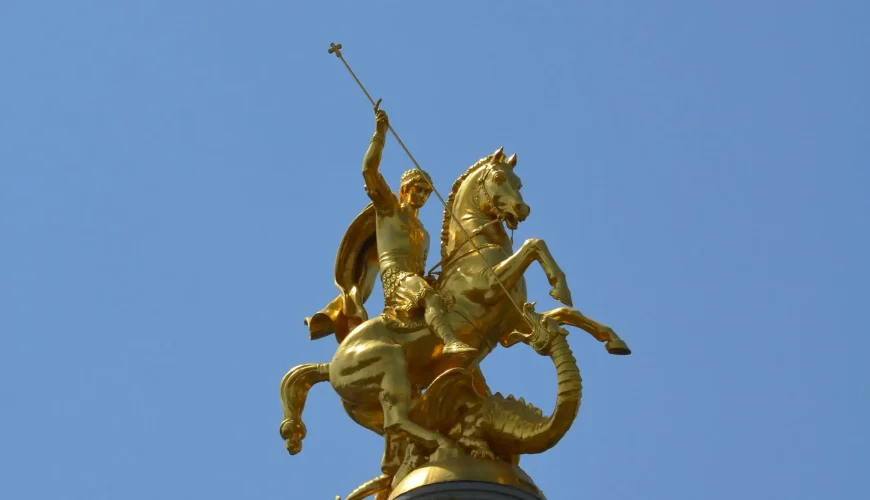
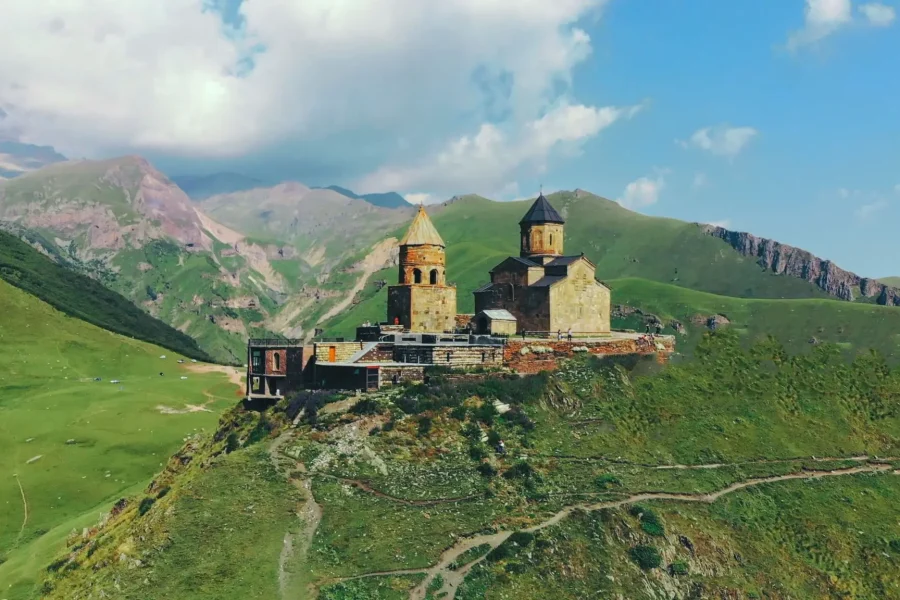
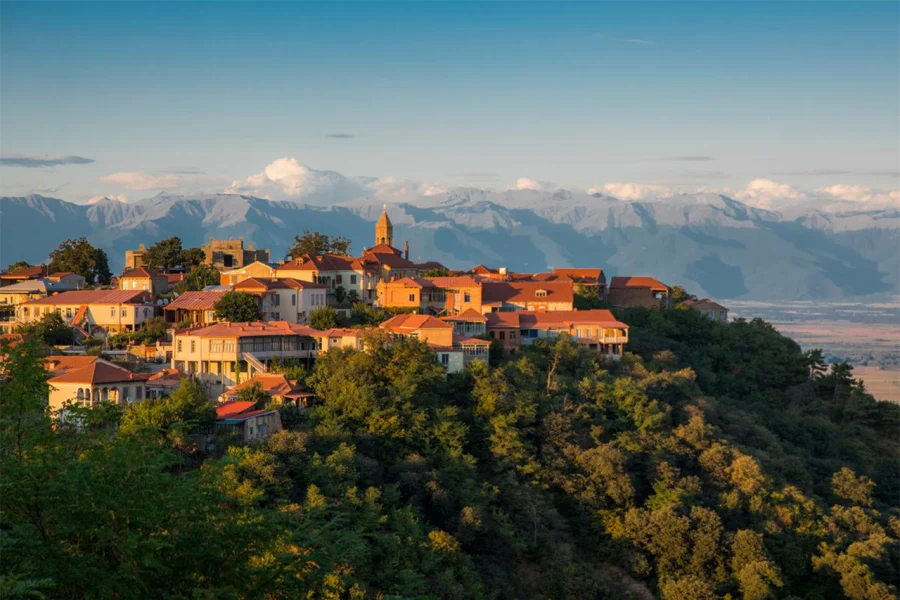
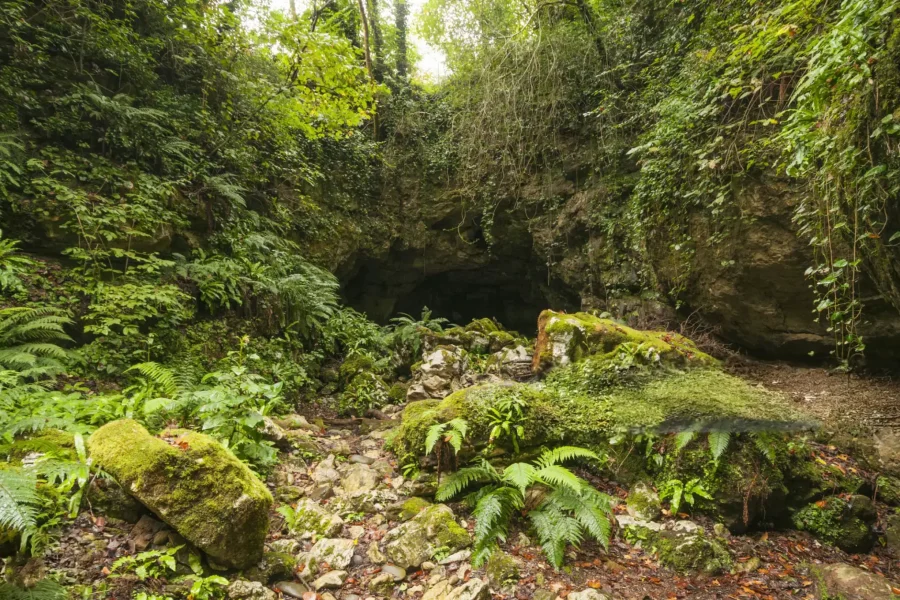
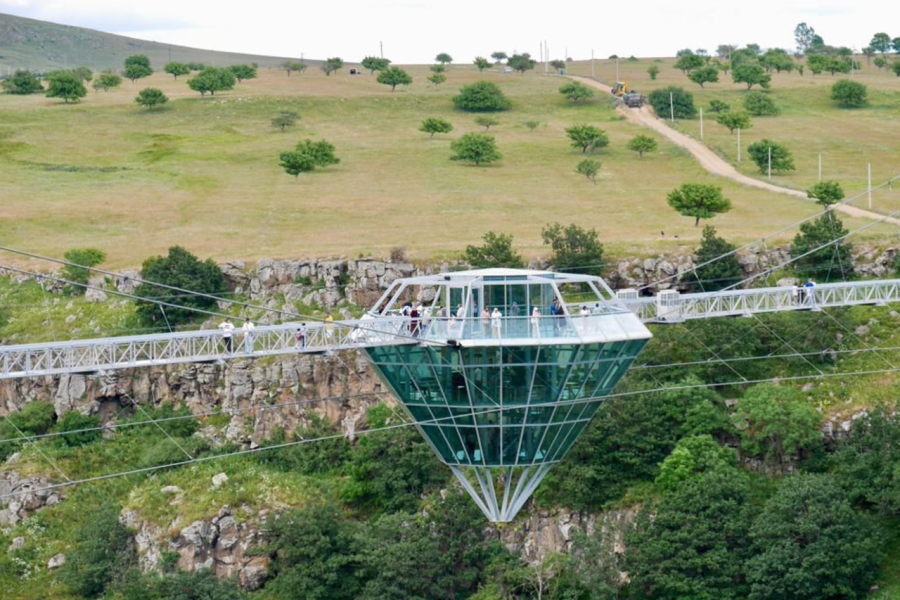
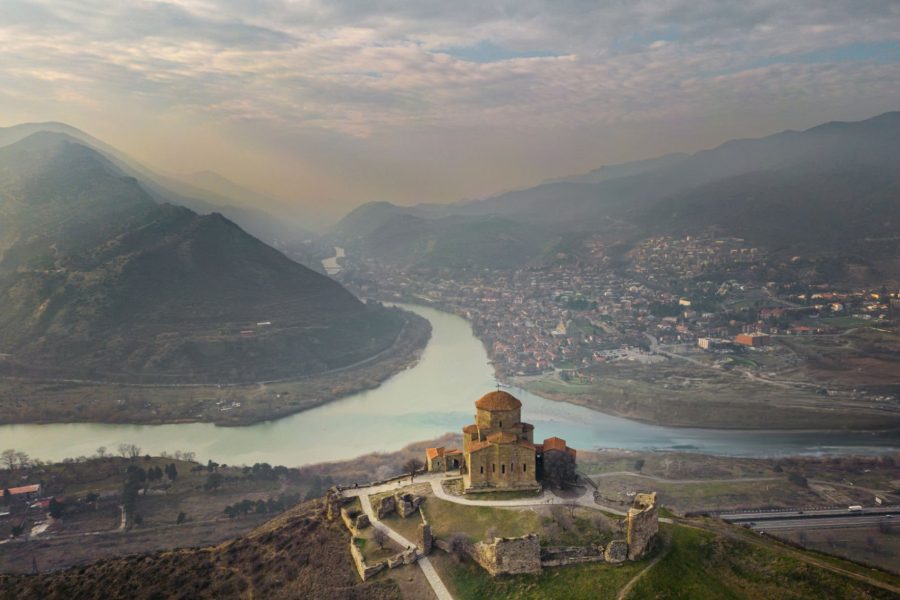
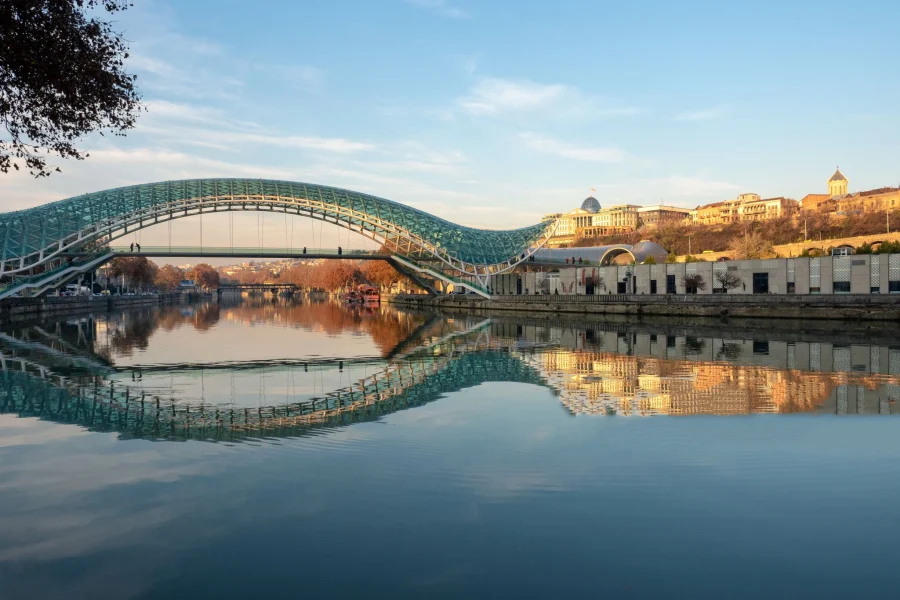
0 Comment